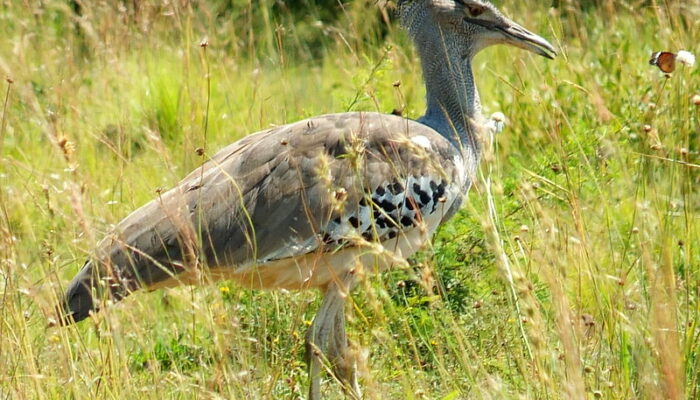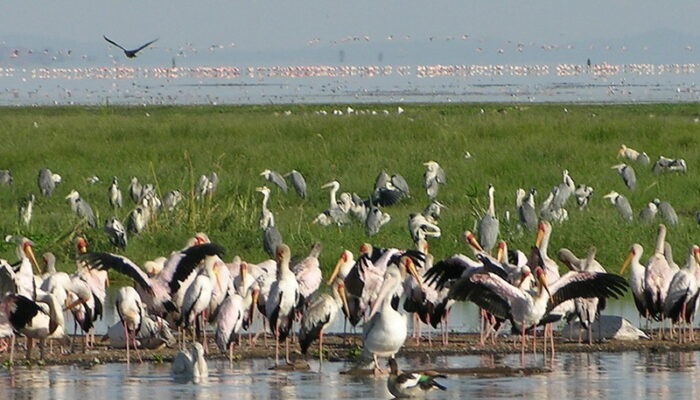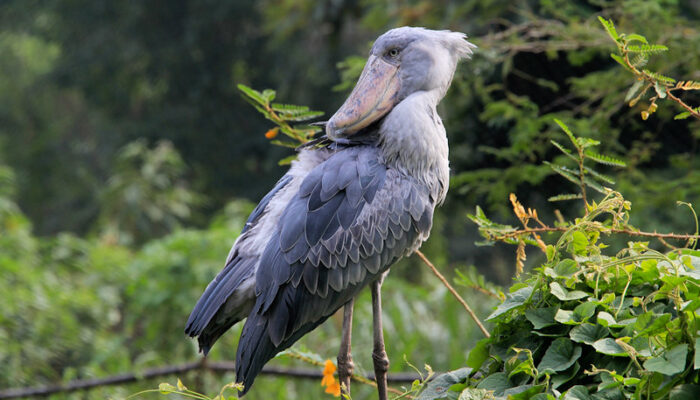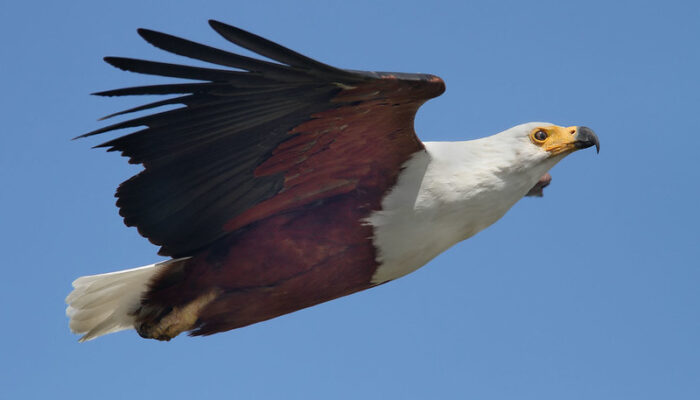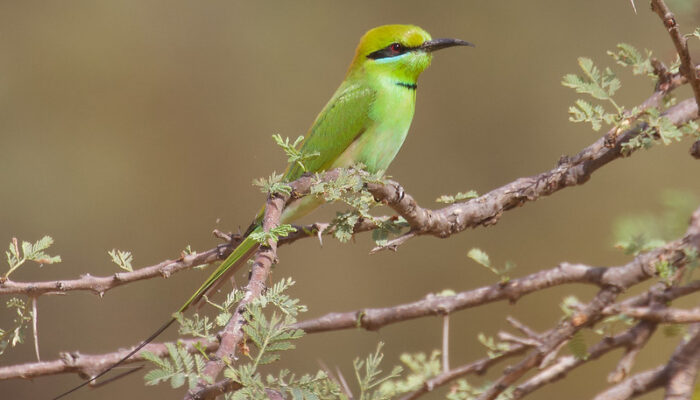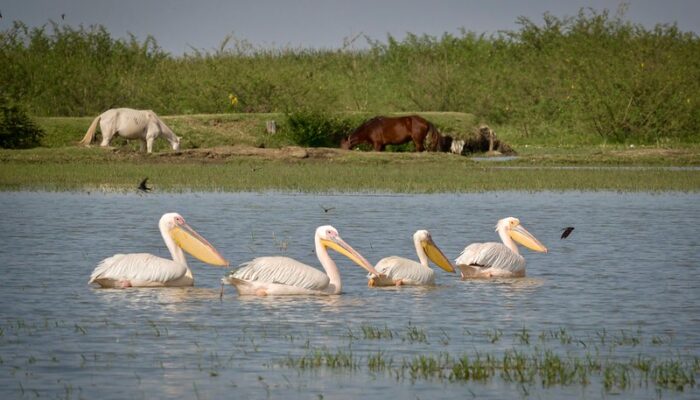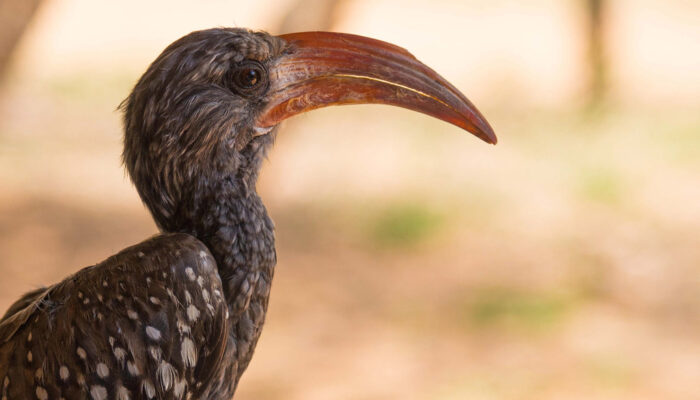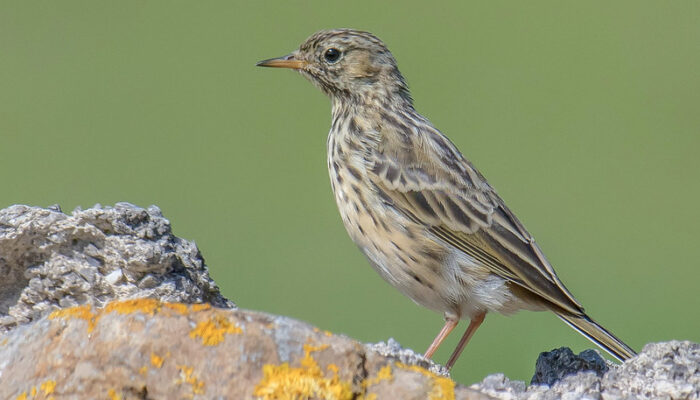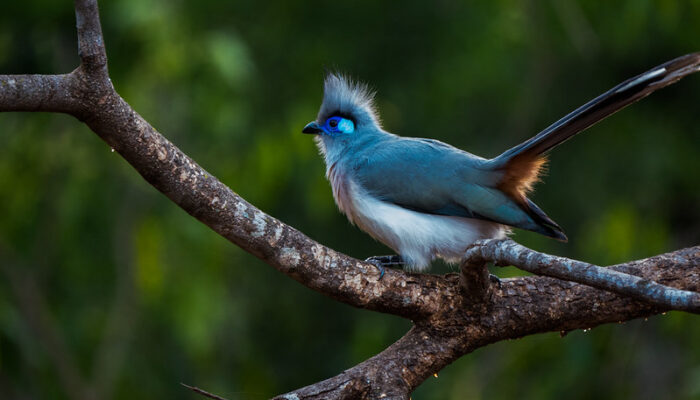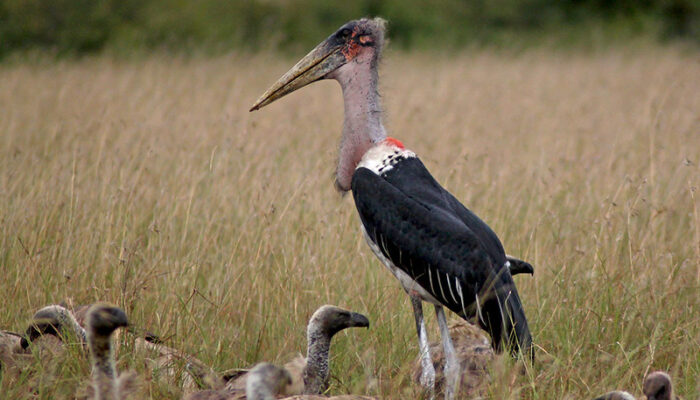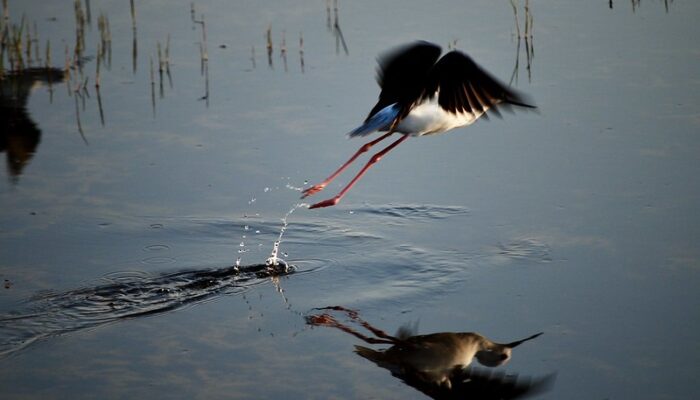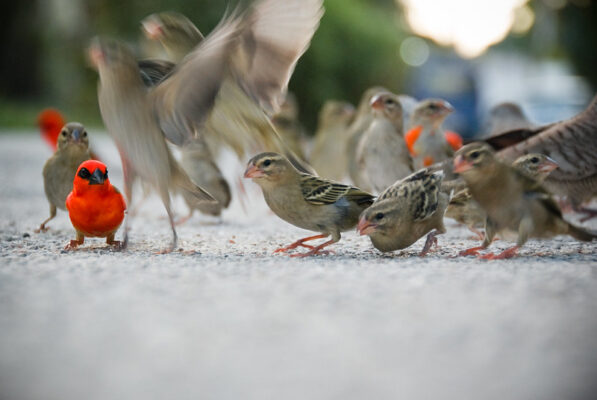For birdwatchers, Kenya is a year-round birding heaven. Kenya has the greatest number of bird species in the planet because its geographical ranges features a wide variety of climates and scenery. Following the world record, Kenya records over 342 bird species sighted in a single day. Ahundreds of thousands of migratory birds visit the land and sea shores of Kenya between the months of February and October. In this location, you can spot terns, waders, and swallows by the thousands. Countless migrants from southern Africa travel to the nation in June and July to witness the weavers’ and bishops’ plumage breeding.
Furthermore, the national parks of Kenya are excellent spots to go bird watching. The Maasai Mara National Reserve is well-known for its magpie shrike and rosy-throated long claw, while the Samburu National Reserve is an excellent spot to see the rare sun bird and pink-breasted lark. If you’re in Nairobi, you can also see the great pangani long claw and northern pied babbler. Aberdare cisticola, Tara river cisticola, William’s lark, Hinde’s pied babbler, sharpe’s pipit, and Clarke’s weaver are just a few of the endemic species found in the area. Birding safaris in Kenya are enjoyable because of the wide variety of species that call the country home.
Bird Watching Safaris In Zimbabwe Africa
Despite the lack of endemic species, Zimbabwe remains a great spot for birdwatching, with over 650 recorded bird species , including out of 10 groups found alone in Africa.
Some of the best spots in Zimbabwe to go bird watching include: Hwange National Park’s famous dry Kalahari areas, Lake Kariba’s rocky shores, the small but beautiful Victoria Falls National Park’s lush rain forests, and Mana Pools National Park, which is famous for walking safaris and a wide variety of birds, from enormous goliath herons to the indecent Shelley’s sun birds.
The months of October through March, when the country has its rainiest season, are perfect for bird watching excursions. This is because food is abundant, migrants are present, and numerous species are in breeding plumage. The Angola Pitta and Taita Falcon are two of the specialties found here.
Birding in Mozambique
From north to south, Mozambique stretches for more than 2000km. The country’s shoreline on the Indian Ocean is perfect for birdwatching, and its scenery is verdant and unique.
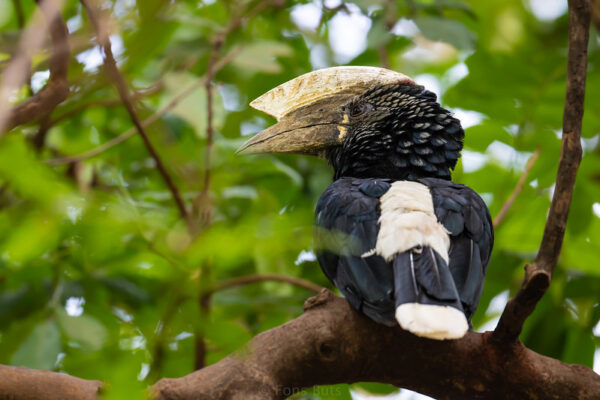
The southern regions hosts coastal migrant waders, whereas the northern regions’ ornithological records are still insufficient. Here, birdwatchers can catch sight of a wide variety of stunning birds, such as the white-tailed blue flycatcher, the red-and-blue double-collared sunbird, and the endangered Thyolo alethe. The olive-headed weaver, mangrove kingfisher, and little greenbul are a few more colorful and well-liked species.
With its grasslands, seasonal marshes, and open forests, Gorongosa National Park is the birding hotspot of southern Mozambique. Great bird sightings, such as crowned cranes, loud Burchell’s coucals, and red-necked spurfowls, are common at this location.Up north, the Quirimbus Archipelago is a haven for serious birdwatchers because it has stayed largely unexplored. Every time a new sighting is reported, the ornithological records are updated accordingly.
